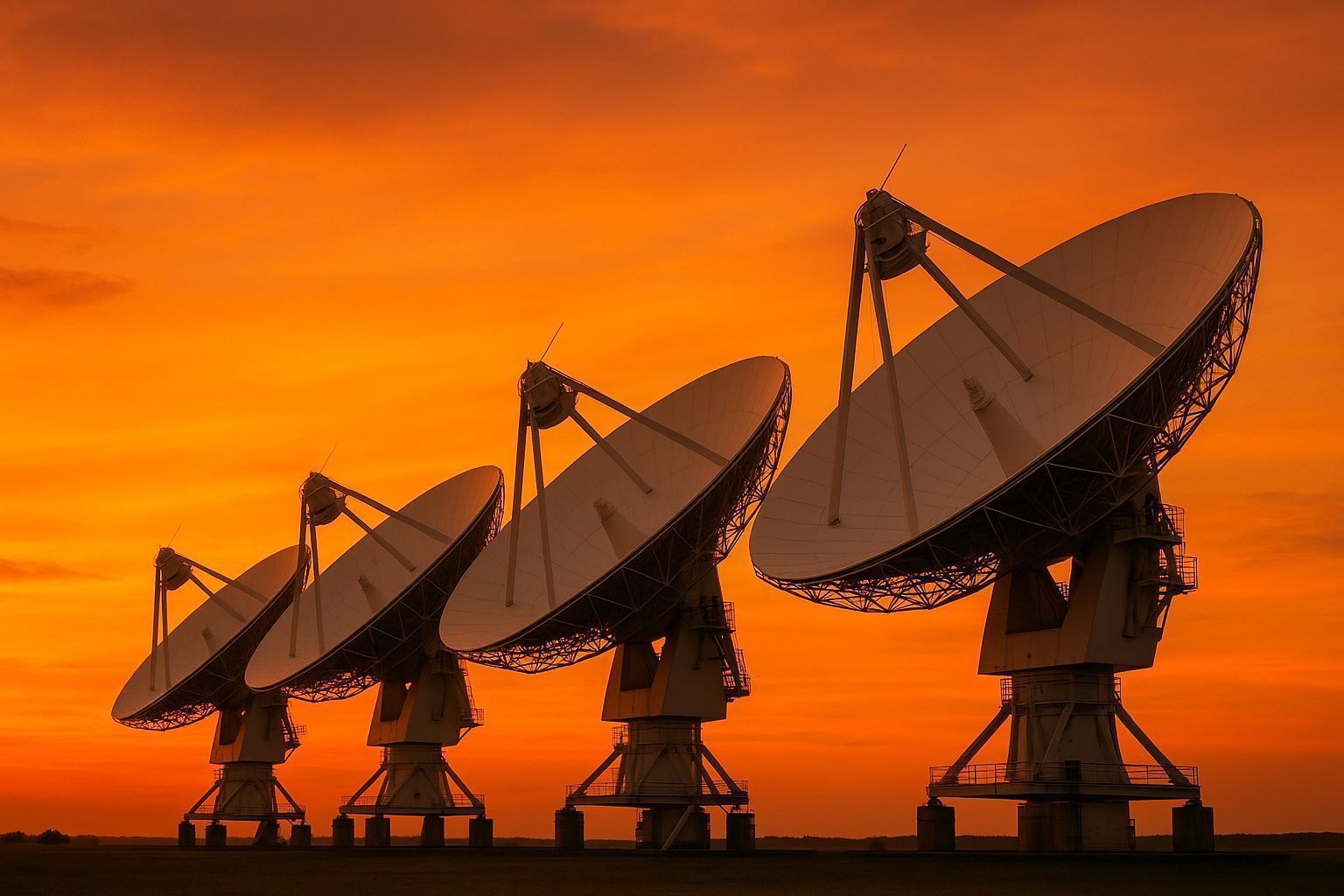
Bitcoin Blasts Past $125K, AI Wars Escalate, and Space Tech Soars – Global Tech Roundup (Oct 5–6, 2025)
Artificial Intelligence (AI) OpenAI vs. Musk’s xAI – legal battle heats up: The Silicon Valley rivalry between Elon Musk and OpenAI turned into open warfare in court. Musk’s AI startup xAI sued OpenAI, accusing it of poaching staff to steal





